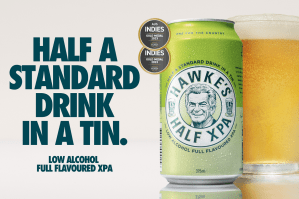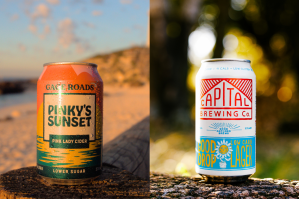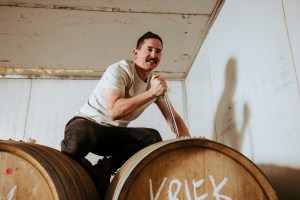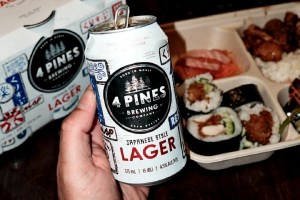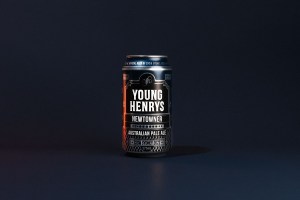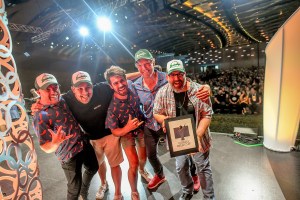We are back with another mailbag episode with our President Andy Carter. We field many questions including: Treehouse Brewing Home brewing Anchor Brewing Black IPA malts Vegas craft beer scene […]
The post Podcast EP 255 – Late Summer ’23 Mailbag Episode appeared first on The Full Pint - Craft Beer News.

